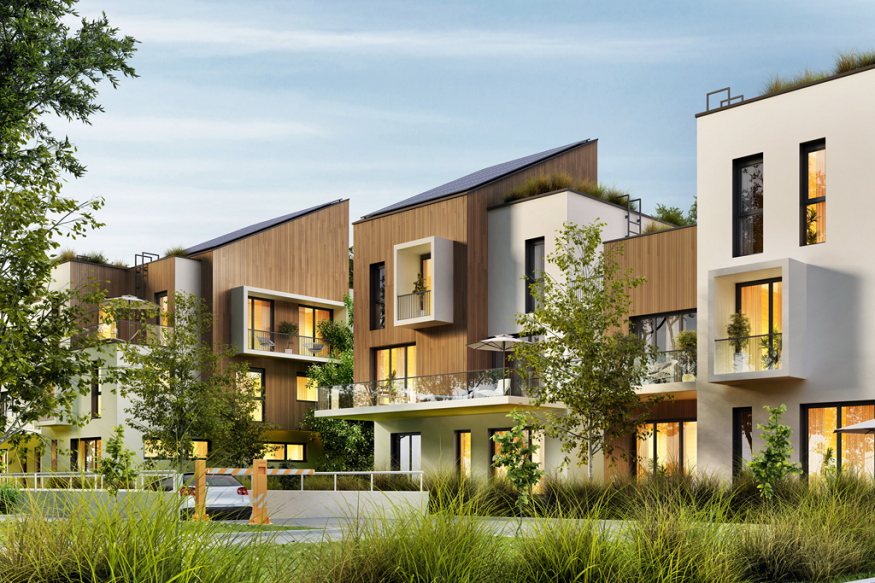
When thinking about what makes a multifamily development profitable and successful, the majority of people are likely to highlight factors like a good location, low operating expenses, increasing demand and high rents. As Kanat Sultanbekov says, that while all of these factors do play an important role in the profitability of multifamily development, it is also vital to put emphasis on the experience of the residents and community engagement.
Kanat Sultanbekov sheds light on how to create a sense of community in multifamily developments
A home is more than just four walls. It must be a place where people feel a sense of security, comfort and belonging. A vibrant and engaged community helps foster a sense of belonging, can improve the quality of life of the residents, and even elevate the overall desirability of the property. If people feel connected to their neighbors, they are more likely to renew their leases and stay longer. They are also likely to take better care of their living spaces, and may even contribute to the safety of the neighborhood. A cohesive and engaged community adds value both to the property and the lives of its residents.
Multifamily housing is not just a collection of apartments. They essentially are microcosms of society. Individuals of varying ages and backgrounds live in a multifamily development. Innovative strategies, thoughtful planning and a good understanding of the human element are required to develop a design that encourages community engagement. When it comes to multifamily developments, community starts with the layout and site planning. Designers of multifamily properties have to think beyond the physical structures, and try to create spaces that can encourage interactions between the residents. Communal gardens, open courtyards, dog parts and children’s playground are some elements that can be added to a property to provide more opportunities for the residents to meet and socialize. Strategic placements of common areas, mailrooms and entrances may also facilitate chance encounters and conversations among residents.
When designing multifamily homes, it is vital to put emphasis on common areas that are likely to serve as focal points for socialization. Such spaces must be warm, comfortable and versatile. Amenities like fitness centers, rooftop terraces and clubhouses are particularly important for promoting community engagement. These facilities must be smartly decorated and furnished. Their furnishings must be chosen with care, in order to encourage relaxation and conversation. It would be prudent to have a good mix of seating options that cater to distinctive preferences. Incorporating communal dining areas or kitchens can also help in fostering a sense of togetherness and camaraderie in a multifamily home. Events like game nights, cooking classes and potlucks can be organized in these spaces, providing residents with opportunities to bond over shared experiences.
Multifamily developments typically house a diverse range of individuals who are likely to have varying needs and interests. As Kanat Sultanbekov says, multifamily homes, therefore, should be designed keeping this diversity in mind, and provide spaces and amenities that are inclusive. Having pet-friendly zones, quiet reading rooms and children’s play areas at a property, for instance, would be a good way to accommodate different age groups and interests. The property must also be designed keeping accessibility in mind to make sure that all residents can easily access and enjoy the communal areas.

